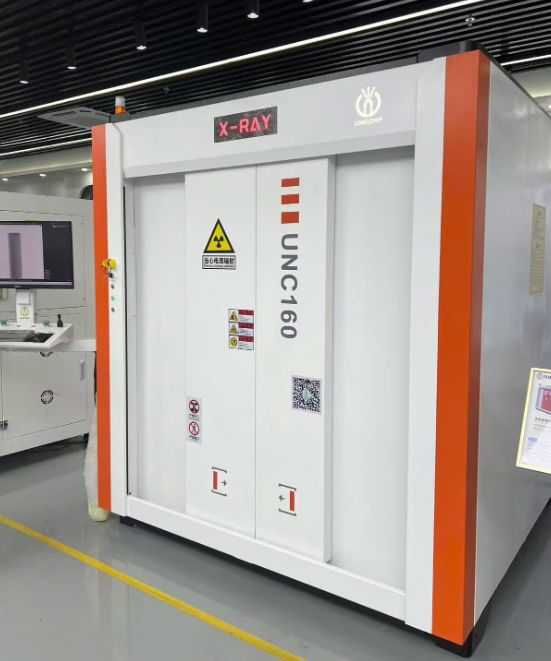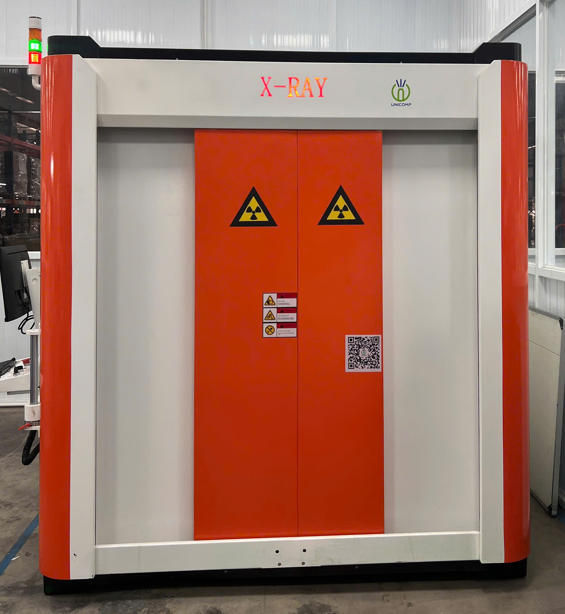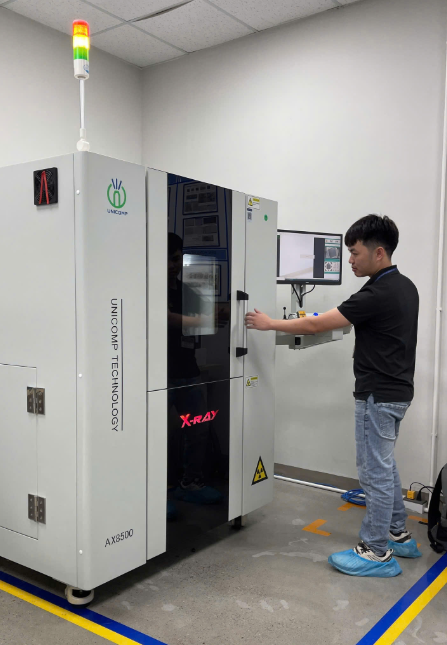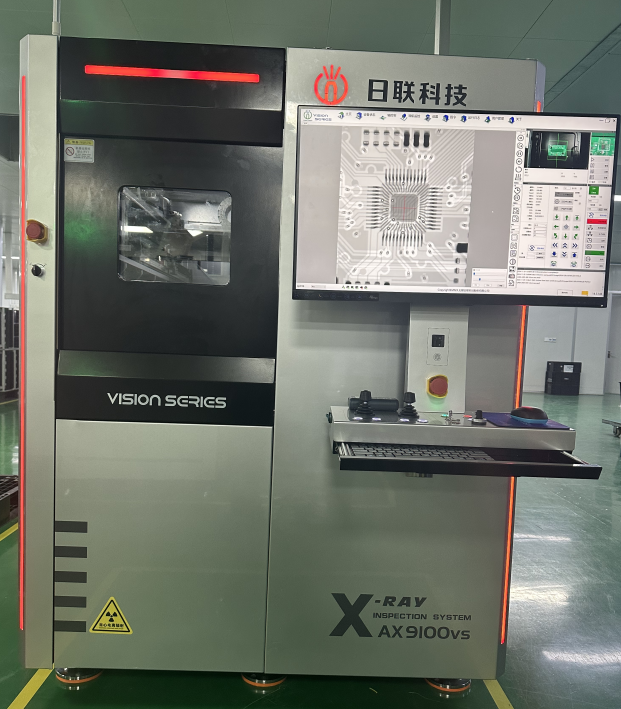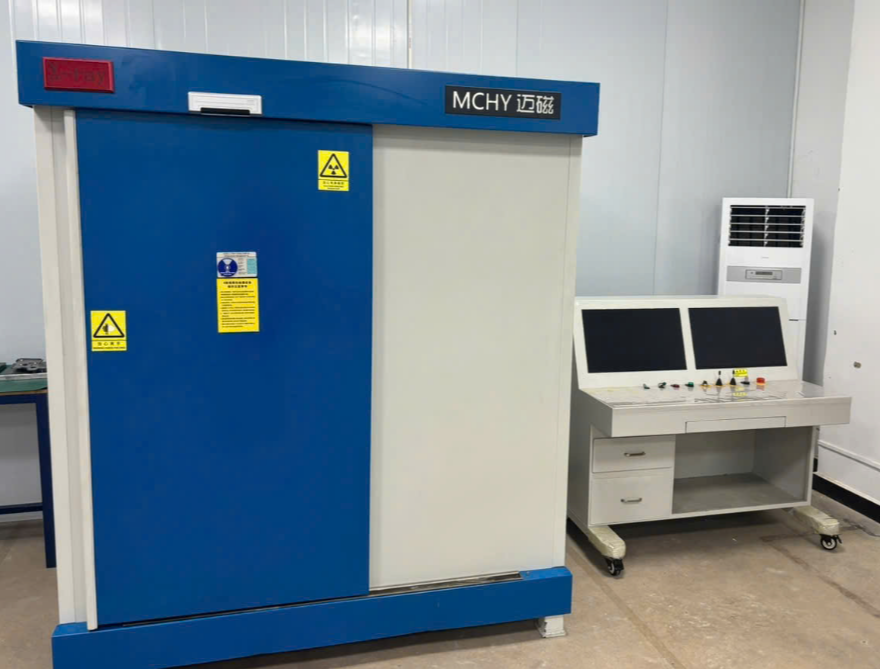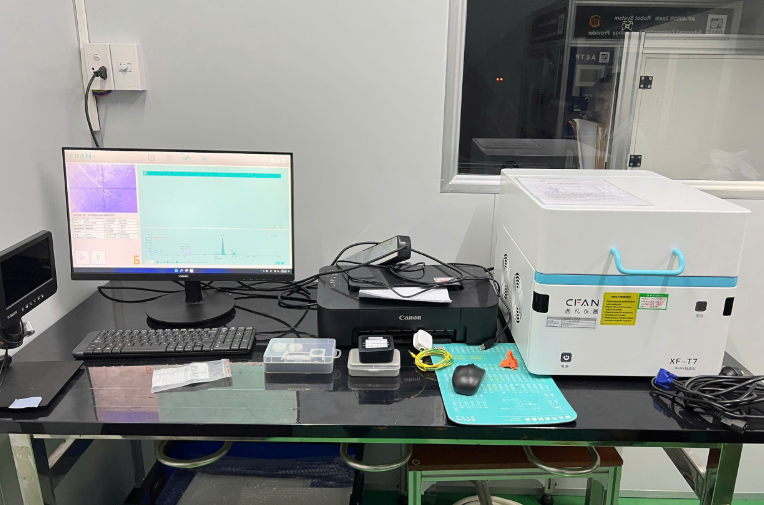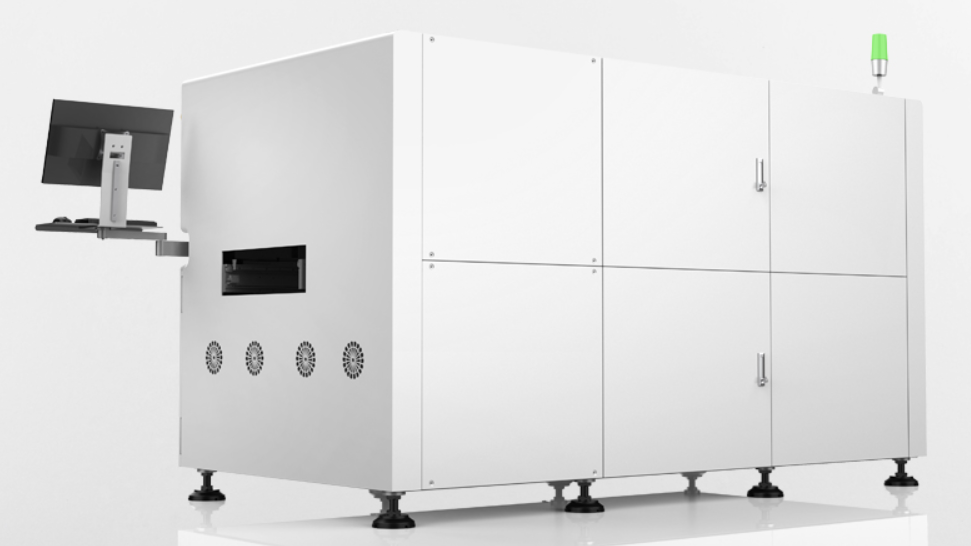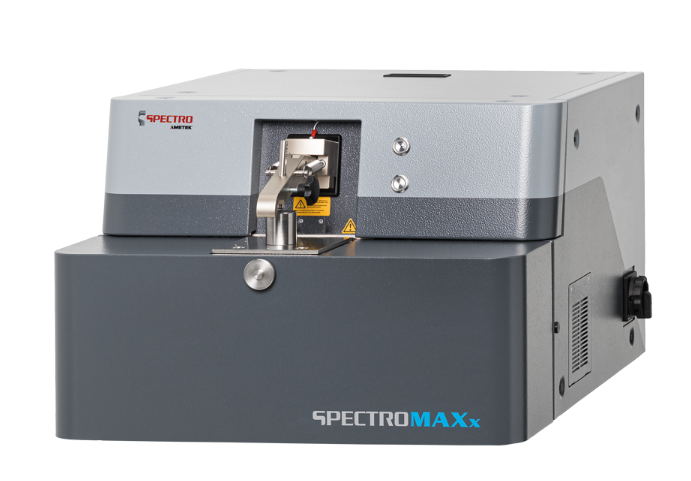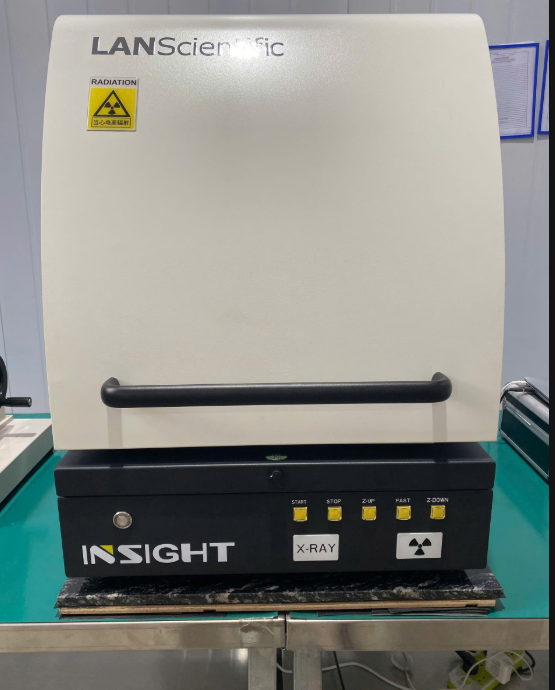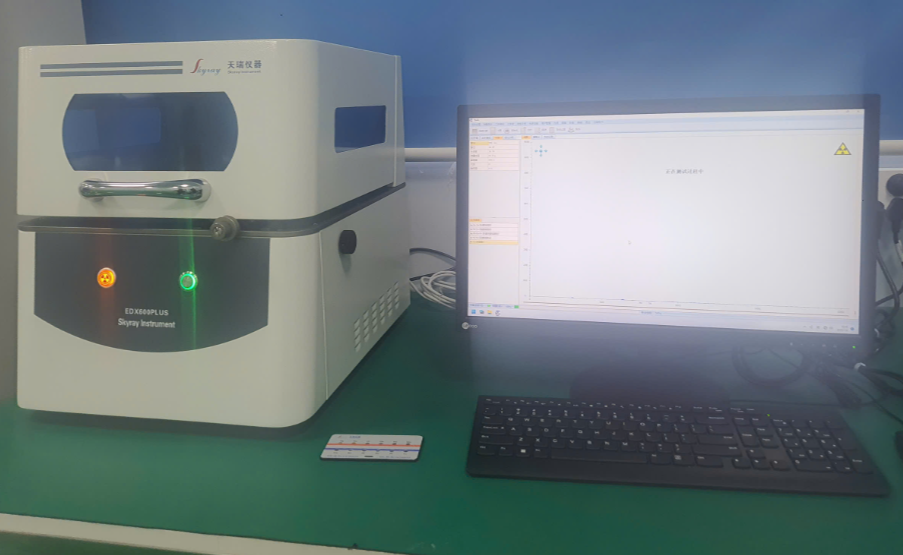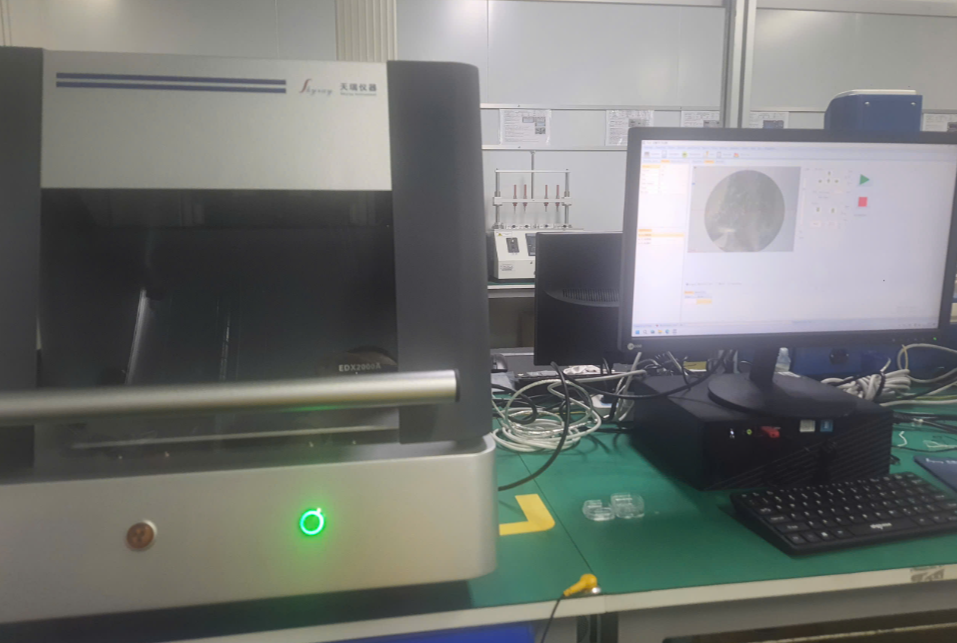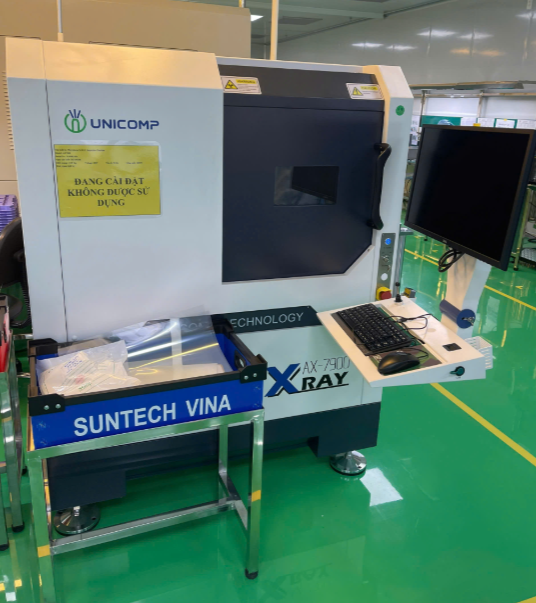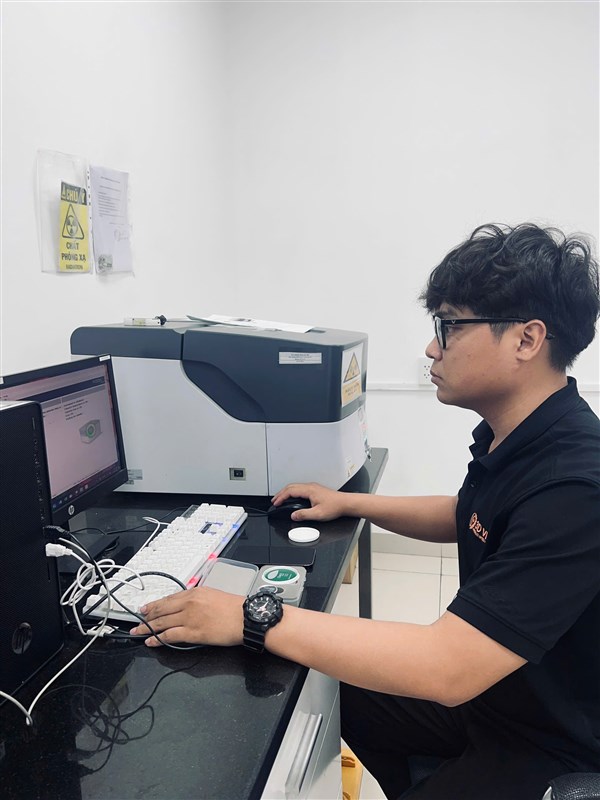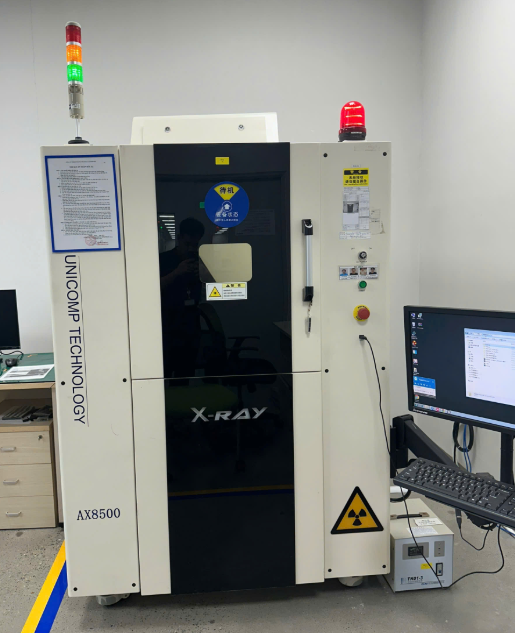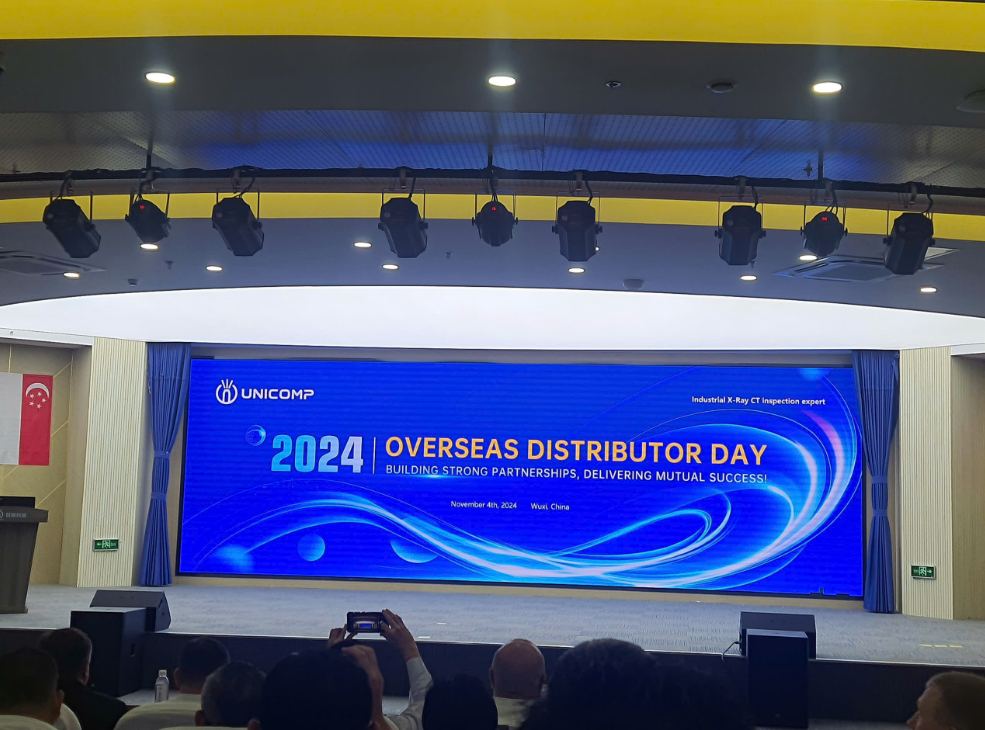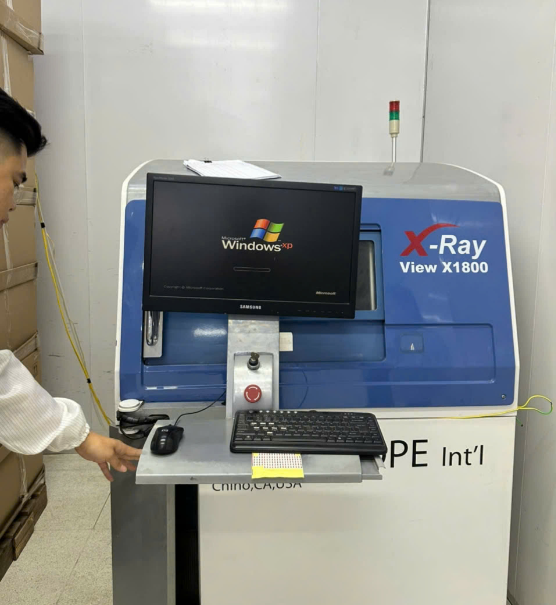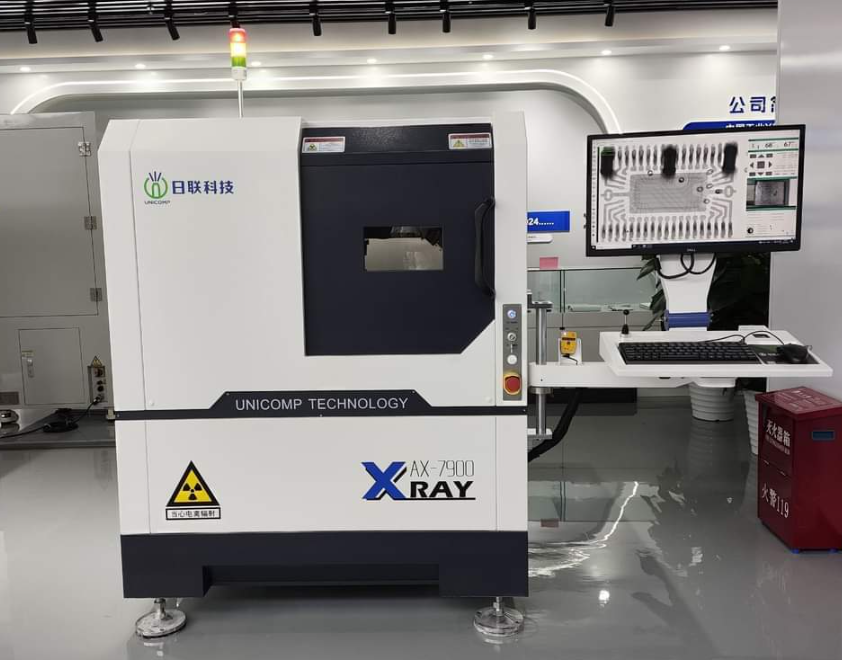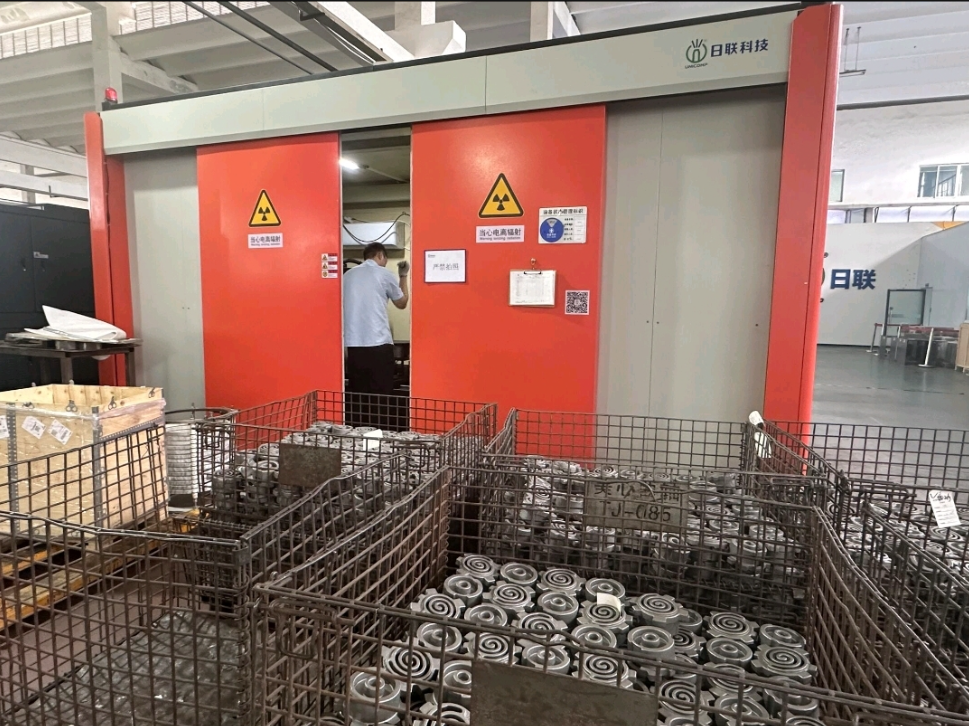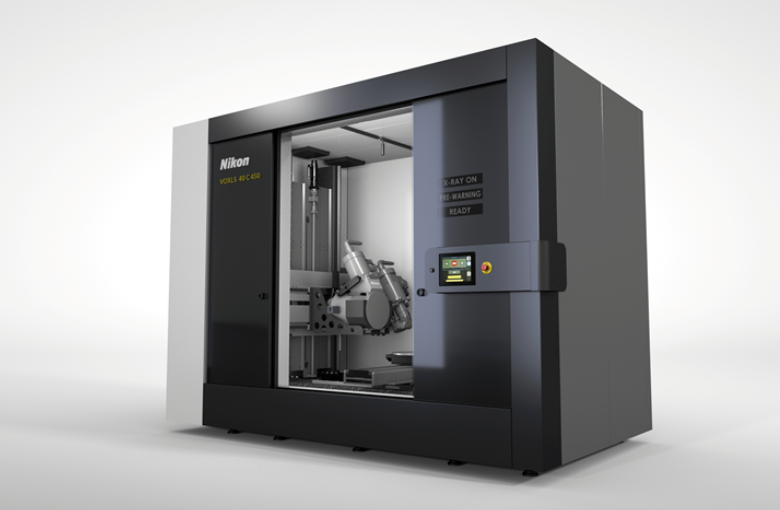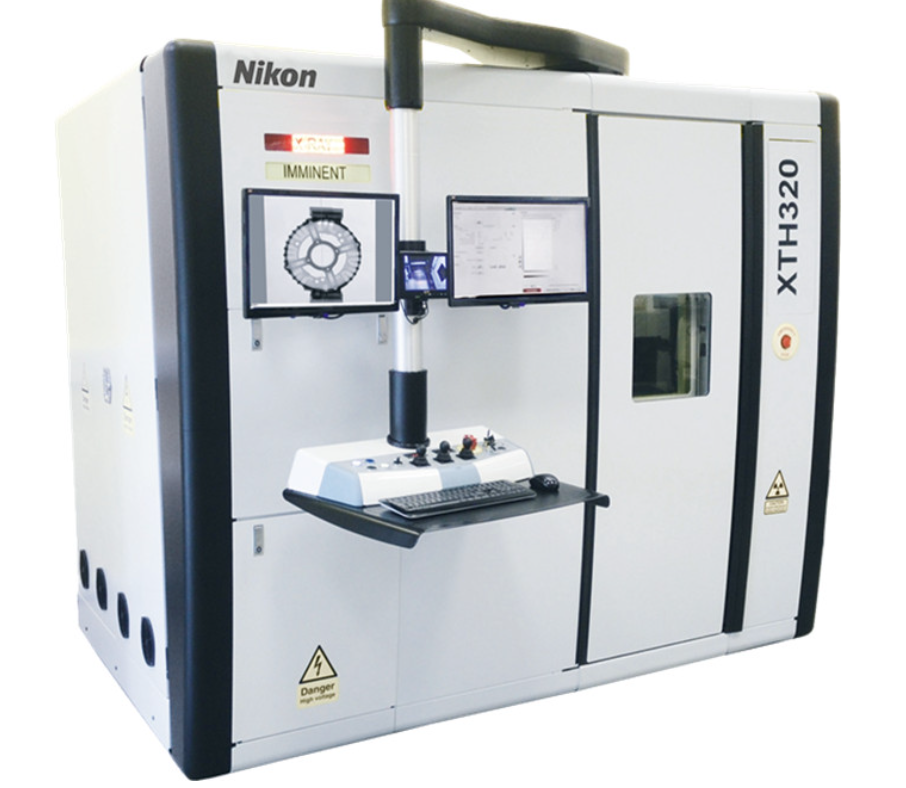Exact Metrology recently reverse engineered an impact driver body. Reverse engineering involves digitally deconstructing products to extract design information from them. Thus, users can determine how a part was designed so that it can be recreated. Although the process tends to imply that 3D scanning will be used solely for product design, it can be used to address many other engineering functions. These include product design and manufacturing, facilities maintenance and plant engineering, architectural and civil engineering and custom manufacturing.
While there are many ways to reverse engineer, CT scanning was used due to the plastic nature of the impact driver body. CT excels in digitalizing small plastic parts. This impact driver body was scanned using the ZEISS METROTOM 6 scout. This CT scanner digitizes complex parts including the internal geometries at the finest level of detail. Users obtain a complete 3D image for GD&T analysis or nominal-actual comparisons. The combination of a 3k detector and 225 kV X-ray enables ZEISS METROTOM 6 scout to provide high contrast, high-resolution measurement results and exceptional sharpness of detail. As a result, even the smallest defects in the part become visible and can be analyzed to the last detail. Furthermore, CT scanning quickly captures data and one scan can be used for void analysis, inspection, volume porosity, etc. A 5-axis kinematics with integrated centering table helps clients optimally position the part in the measuring volume and the control of the device and the metrological evaluation of the data are combined in a single software package, making additional software or intermediate steps redundant.
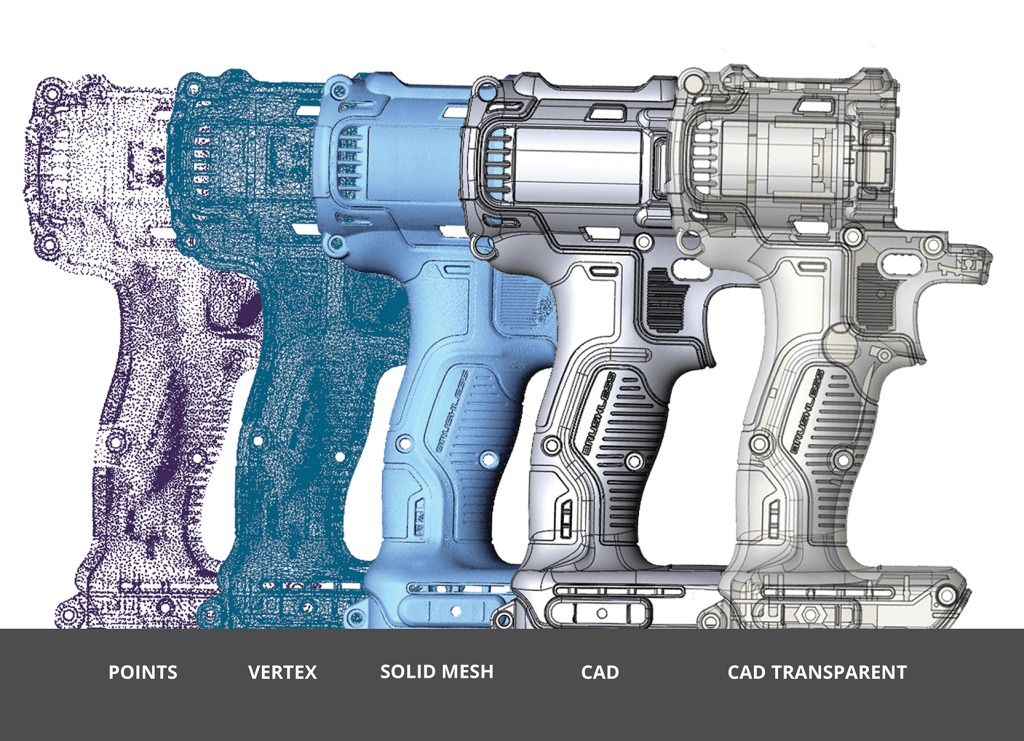
Greg Groth, the Division Manager at the company’s Brookfield, Wisconsin office explained that the impact driver body although relatively ubiquitous, presents many challenges in the digital modeling process. One of these challenges includes the complex geometry. The smooth outside ergonomics can be difficult to duplicate and interpret with traditional CAD functionality. According to Groth, “We used a combination of hybrid NURBS (Non-Uniform Rational B-Splines) modeling to duplicate the smooth, sculpted surfaces and combined them with traditional mechanical CAD features to create the part shape.” Another challenge with plastics components is replicating complete parting lines from the original tooling to make the part. These can zig-zag around the part depending on the geometry and are sometimes omitted or cleaned up at the factory. The final challenge involves compensating for warp and shrink during manufacturing, as injection molding is used. Once the formed part starts to cool, it may change its shape. Predicting the movement and compensating it back to the intended design was time consuming.


